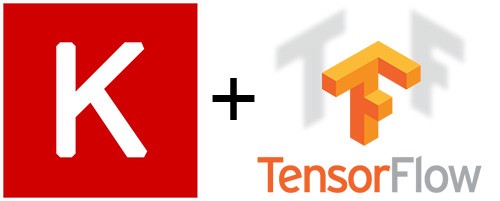How to reduce overfitting in a Deep Learning model

Overfitting is a common problem in deep learning, where a model becomes too complex and starts to memorize the training data instead of generalizing to new unseen data. This can lead to poor performance on new data and a high training accuracy but a low testing accuracy.
There are several techniques that can be used to reduce overfitting in a deep learning model. One of the most common techniques is to use a regularization method, such as L1 or L2 regularization. These methods add a penalty term to the loss function that encourages the model to have small weights and thus reduce the complexity of the model.
Another technique that can be used to reduce overfitting is dropout, where neurons in the network are randomly dropped out during training. This helps to prevent the model from becoming too dependent on any one neuron and reduces the complexity of the model.
Another way to reduce overfitting is to use early stopping. This is a technique where the training process is stopped when the model starts to overfit by monitoring the performance of the model on the validation set and stopping the training when the performance on the validation set starts to decrease.
Data augmentation is another technique that can be used to reduce overfitting. This is a technique where the original dataset is augmented by applying random transformations to the images, such as rotation, scaling, or flipping. This can help to expose the model to more variations of the images and reduce overfitting.
In summary, overfitting is a common problem in deep learning where a model becomes too complex and starts to memorize the training data. There are several techniques that can be used to reduce overfitting, such as regularization methods, dropout, early stopping and data augmentation. These techniques help to reduce the complexity of the model and improve its ability to generalize to new unseen data.
In this Applied Machine Learning & Data Science Recipe (Jupyter Notebook), the reader will find the practical use of applied machine learning and data science in Python programming: How to reduce overfitting in a Deep Learning model.
Disclaimer: The information and code presented within this recipe/tutorial is only for educational and coaching purposes for beginners and developers. Anyone can practice and apply the recipe/tutorial presented here, but the reader is taking full responsibility for his/her actions. The author (content curator) of this recipe (code / program) has made every effort to ensure the accuracy of the information was correct at time of publication. The author (content curator) does not assume and hereby disclaims any liability to any party for any loss, damage, or disruption caused by errors or omissions, whether such errors or omissions result from accident, negligence, or any other cause. The information presented here could also be found in public knowledge domains.
Learn by Coding: v-Tutorials on Applied Machine Learning and Data Science for Beginners
Latest end-to-end Learn by Coding Projects (Jupyter Notebooks) in Python and R:
Applied Statistics with R for Beginners and Business Professionals
Data Science and Machine Learning Projects in Python: Tabular Data Analytics
Data Science and Machine Learning Projects in R: Tabular Data Analytics
Python Machine Learning & Data Science Recipes: Learn by Coding
How to add a dropout layer to a Deep Learning Model in Keras